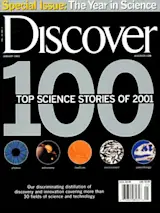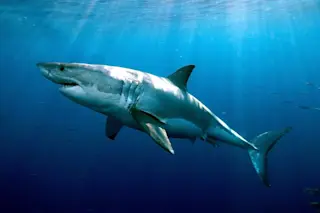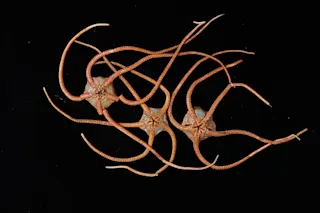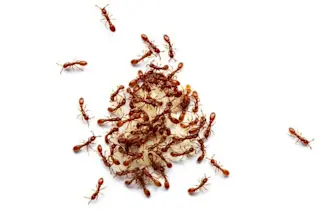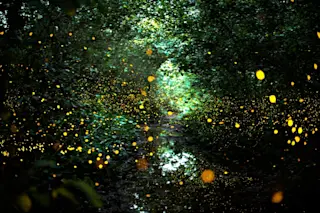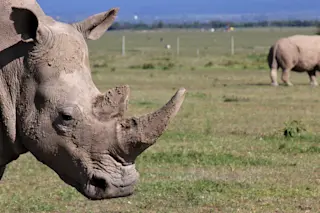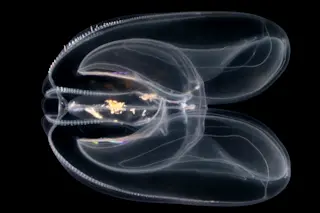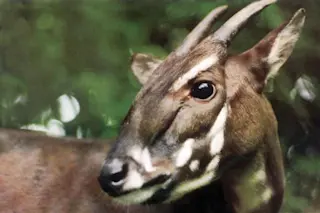• The Power of ProteinsWhen the rough draft of the human genome was released in June 2000, scientists expected a count of roughly 100,000 genes. Yet when scientists refined it last spring, the count had dropped to little more than 30,000, only a third more genes than a simple worm like Caenorhabditis elegans. How can so few genes create human complexity? The answer lies in proteins, and the map of the genome does not reveal what proteins genes make to carry out their work, what the proteins do, or how the proteins interact. So researchers are turning their attention to the proteome, the array of human proteins and their various interactions. "In the case of the genome, you know when you're done," says Paul Bartel, vice president of proteomics at Myriad Genetics Inc. in Salt Lake City. "With the proteome, we don't even know how many protein interactions we need ...
Genetics
Year In Science
More on Discover
Stay Curious
SubscribeTo The Magazine
Save up to 40% off the cover price when you subscribe to Discover magazine.
Subscribe

